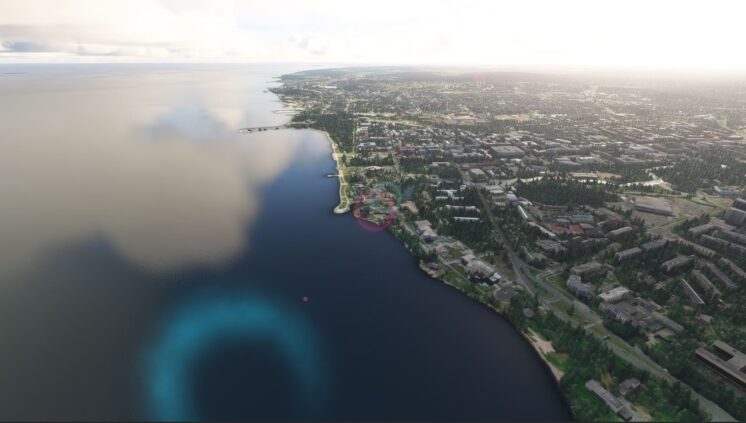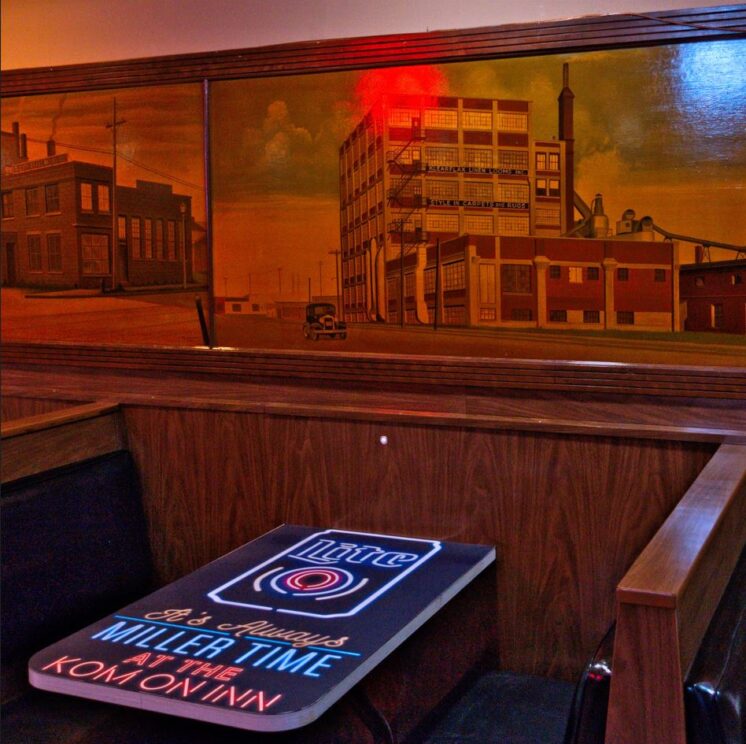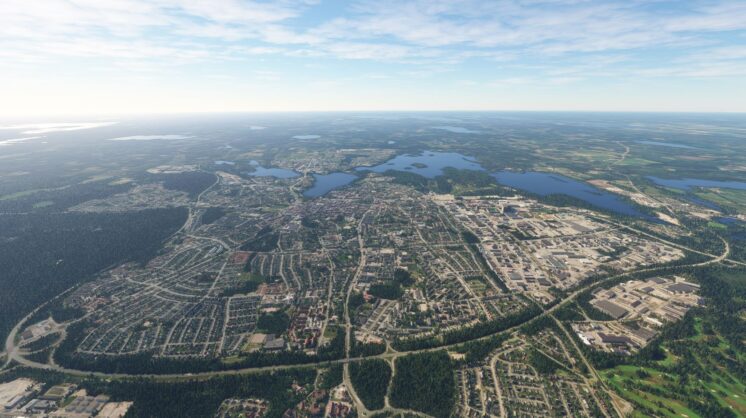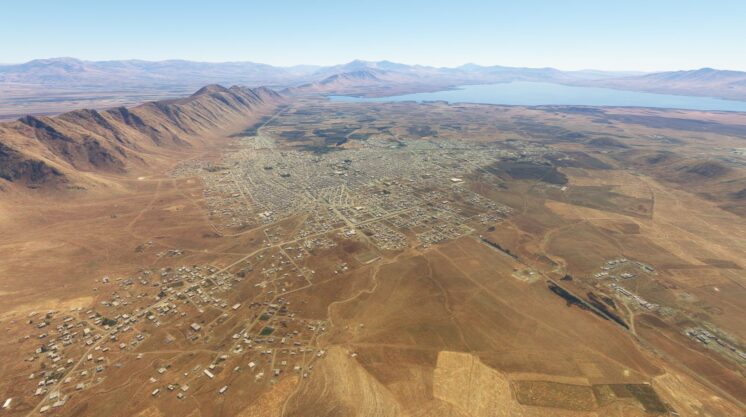PDD Geoguessr #28: Haunted Duluth

When I developed the image, two specters became visible behind me (Photo by David James with Photoshop Generative Fill)
With Halloween approaching, this post takes a close look at the tales of hauntings around Duluth, presenting a classification system for the four different types of haunted Duluth locations. It concludes with a Geoguessr challenge made up of five spooky Duluth photospheres.






















